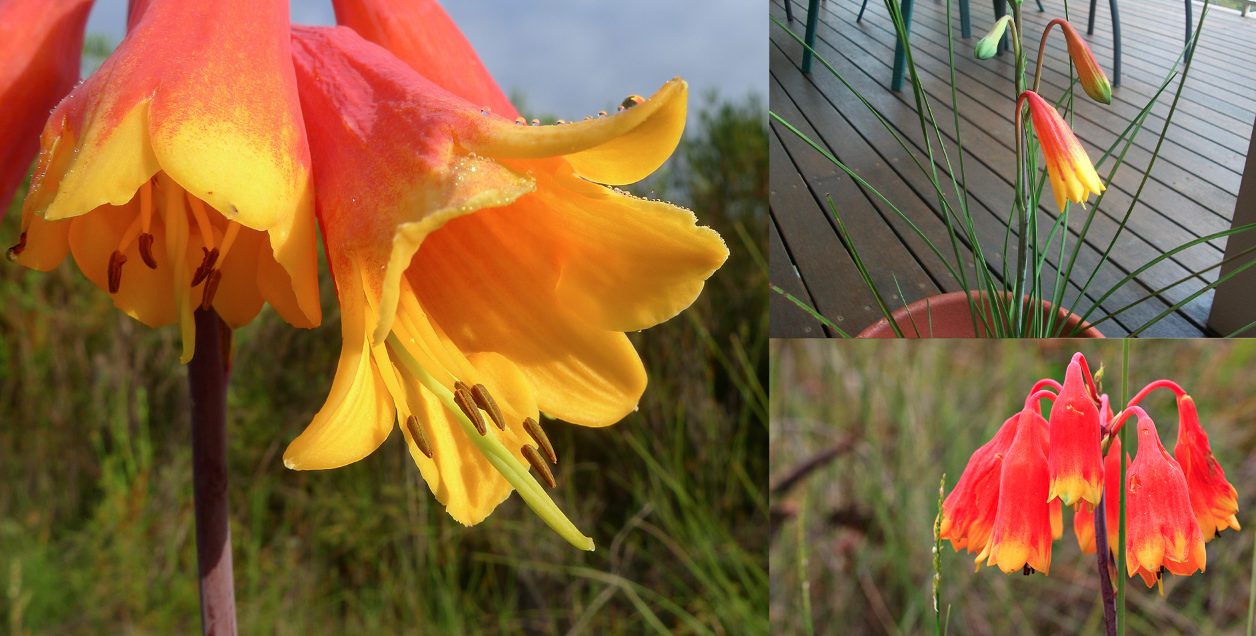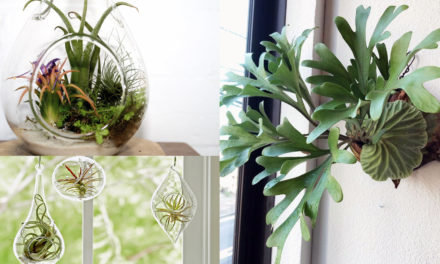Brian Roach
If it wasn’t for the Waratah, I’m sure our state floral emblem would be the equally iconic Christmas Bells (Blandfordia grandiflora/nobilis). There’s little wonder this plant was given its common name long ago because these delightful gems in our local bushland usually produce their stunning flowers over the festive season. The bells can vary in colour from yellow, orange or red with usually a combination of colours being the norm. But finding these gems in the bush is not an easy task.
They need very specific conditions to flourish and do not compete well with other nearby plants. It’s for this reason they’re more likely to be spotted after a bushfire when much of the undergrowth has been burnt and these opportunists stick their heads up for their day in the sun. Almost invariably, they are found along the dripline of sandstone rock faces and this gives the hint to how best they grow in cultivation. I suspect another reason they are not seen too often on bushwalks is that they are so tempting to gather for the vase on the windowsill at home. Any flower stems removed from plants in the bush obviously never have the chance to set seed for future generations and also any rough removal of stems can damage the host plant as well.
In cultivation they undoubtedly do better in pots rather than in the open garden. The enigma is that while they like good drainage around the surface, they appreciate sub-soil moisture, and this isn’t easy to replicate in the garden. Pots are a much better proposition for achieving these conditions. New plants are relatively easy to produce from seed and here’s where pot culture has an advantage because it’s easier to keep an eye out for little critters who like to munch on the developing seed pods after flowering. Wait until the pods have turned a dry brown and scatter the abundance of fine seed over some seedraising mix. A very light covering of dry, beach sand is all that’s needed with the container being left in an open, sunny spot and kept moist. Well established plants in pots can also be divided by removing the plant from the pot, washing off the potting mix around the roots and looking for the obvious points to separate one section from another. But don’t be too greedy – it’s better to finish up with 2 or 3 good new plants rather than 6 that turn up their toes.
Brian Roach spent his professional life as Crown Prosecutor/Barrister before retiring. Brian runs a cottage industry native plant nursery from his home in Westleigh, as well as being a member of the Australian Plants Society.












